First started documenting their love for street art in their neighborhood in SoHo, the powerhouse couple Sara and Marc Schiller launched the blog Wooster Collective in 2001. That was the beginning of their collector journey. Later on, realising the lack of creative meeting spaces in NYC, they went on to merge this love with their passion for wine making to develop Meet, an initiative to provide spaces and faciliate creative meetings and events.
LARRY’S LIST spoke with Sara and Marc who explained how they fell in love with Swoon’s work, how they have forged deep relationships with many street artists, about their most treasured works by Zhang Dali, Paul Insect, and Cleon Peterson, as well as the different values between street art and fine art by street artists in their studios.
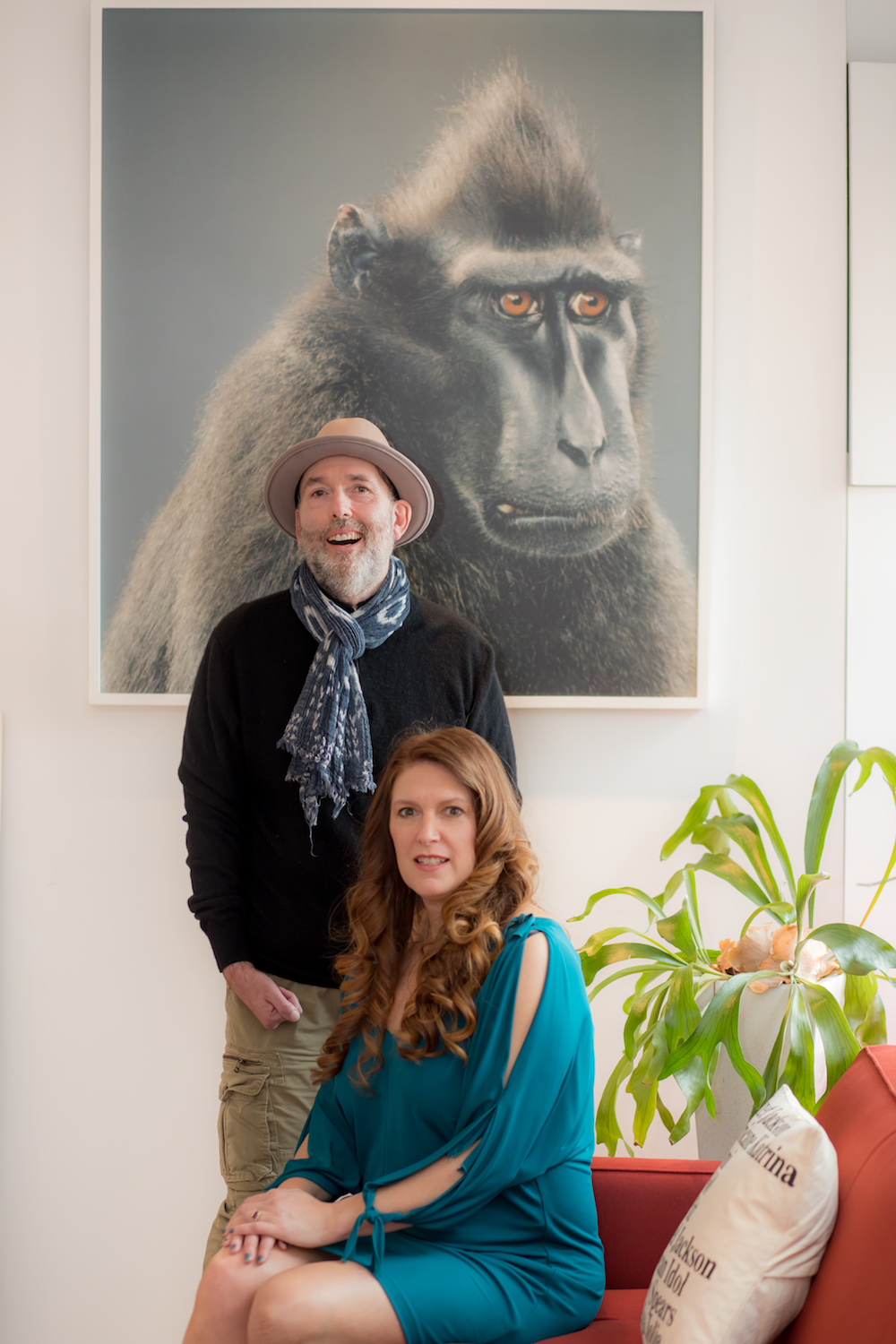
Collecting
What made you want to start collecting street art? What is the main motivation behind your collecting it?
We’d both been living with art since our childhood. When we moved into our loft in SoHo on Wooster Street, Marc had purchased one of the first digital cameras, and we began to notice stencils and wheat pastes on the sidewalks and walls of our neighborhood. After filling up a hard drive with images he posted them online. A month after emailing the images to 10 friends, we discovered that 40,000 people had viewed them! We were onto something and the Wooster Collective: A Celebration of Street Art was born. We showcased illegal art from around the world, curated shows like 11 Spring and published some classic art books. From this, our collection of street art sprang.
The motivation behind the art is to collect living artists who put work up on the street illegally as well as make fine art. This is a very personal collection that has grown from artists’ gifts and purchases over the past 15 years.
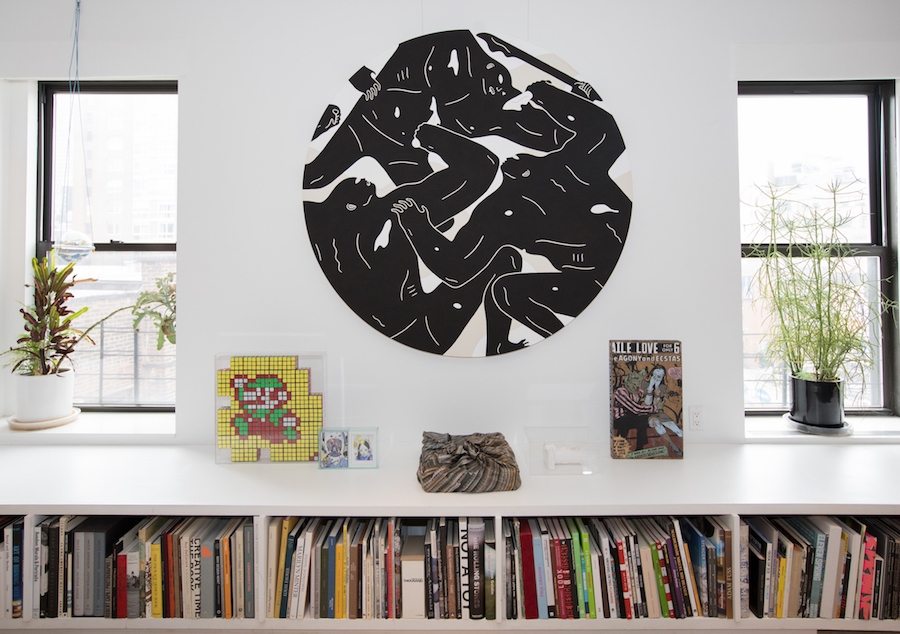
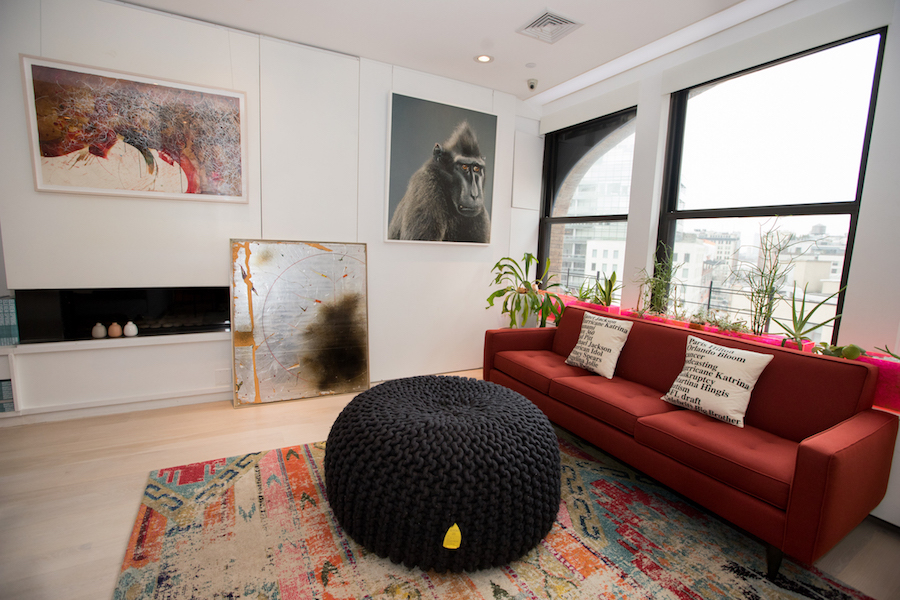
Christian Meindertsma, Flocks Pouf; Elode Blanchard, Google News Top Searches in 2005 & Google News Top Searches in 2006. Courtesy of Sara and Marc Schiller.
When did you fall in love with a piece of art? What was it?
It’s so hard as we love all of our pieces. We often separate when we go to shows, and when we get back together to compare notes, we always find that we have chosen the same piece! The pieces that moved us most in the beginning when we started Wooster Collective were the works from Swoon. She would spend so much time in the gallery hand cutting stencils and individual pieces, put them up on the street, and occasionally they would be taken down hours later. One day, we were admiring a piece of Swoon’s on a door on the lower east side when a resident walked out and said, “Oh, you like our flower? We love that it is here to greet us every day!” Her work is so intimate, delicate and warm.
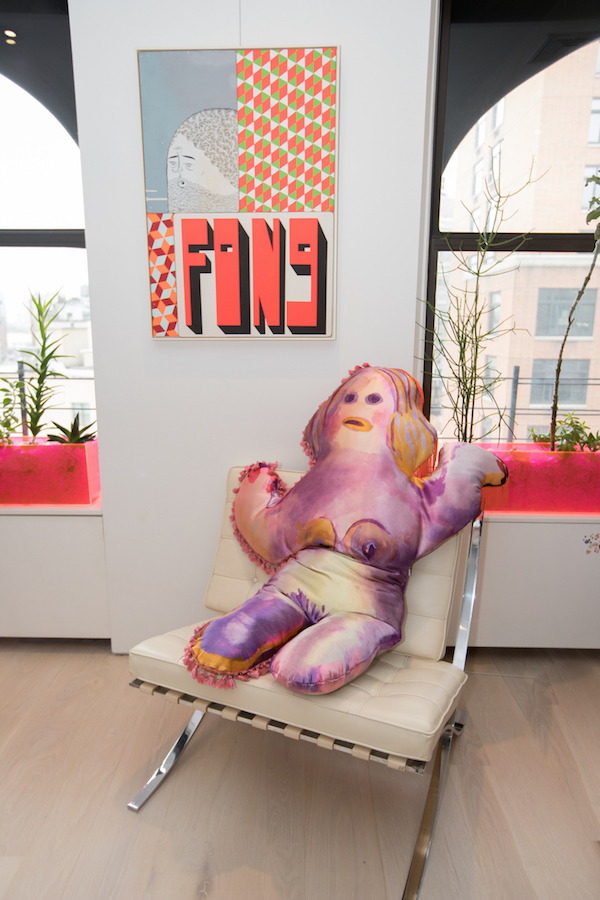
What is your focus regarding the artists in your collection? Are you more interested in emerging or renowned artists?
We’ve always focused on emerging artists. Since we were so deeply involved with the wave of artists that emerged around 2000 with our site Woostercollective.com, we got to know so many artists before they became popular. Ironically, many became popular from being on our site. We’ve always acquired work because we love it, not because we thought it would become valuable. We bought pieces from some artists just so that they didn’t have to go back to their day job— it was an honor to support their work and get a piece in exchange.
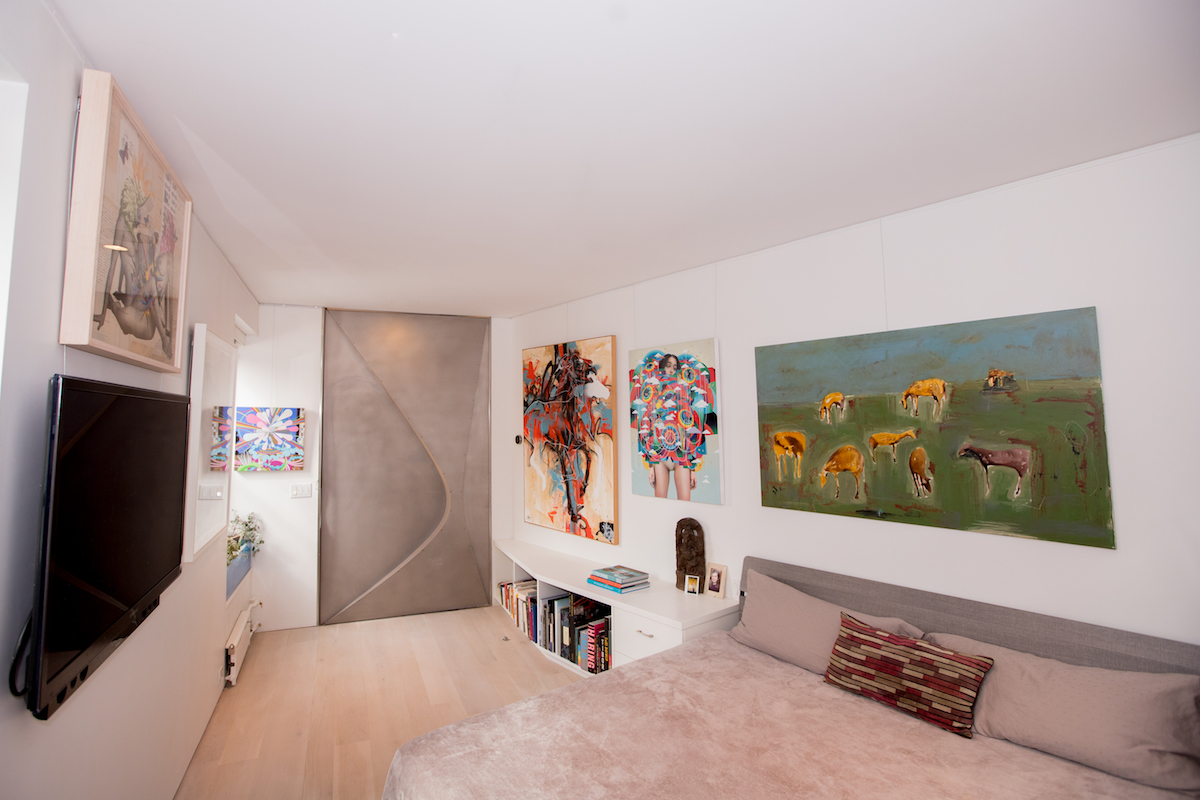
Is there a theme that unites all the works you have acquired? How has your collection evolved throughout the years?
We tend to acquire pieces that are figurative and often made with bright colors. Since many pieces were given to us by the artist – the work molded the collection over time. We’ve added a lot of photographs to our collection and even have an extensive photo book collection.
How many artworks do you own? Where do you display your collection?
We own hundreds of pieces, they are displayed in our SoHo loft and at Meet On Chrystie.
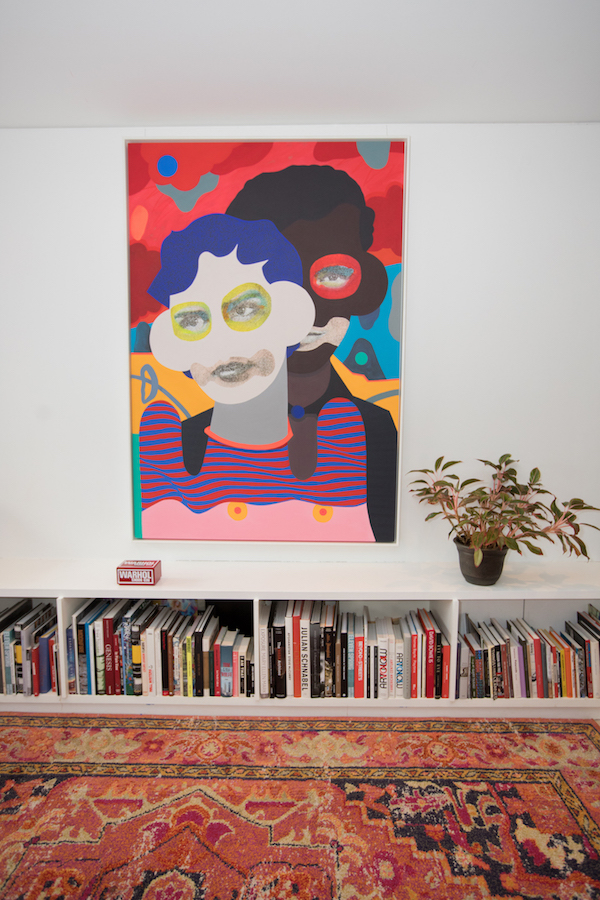
You have launched your business Meet and displayed some of your collection in the Meet spaces right? How did you come up with the idea?
We created Meet because we were frustrated with the lack of creative meeting spaces. Marc had been hosting many of his clients in our home for strategy and brainstorming sessions that we realized there was no place in NYC for an art-inspired meeting. Over time, our art collection became symbolic with the Meet brand and our clients were thrilled to come to Meet spaces and interact with the collection.
Sara also infused art into her latest venture, Sloomoo Institute: A Celebration of Slime, that she co-founded with Karen Robinovitz. In creating Sloomoo Institute in SoHo, NYC, they reached out to duo Jen Catron and Paul Outlaw to create Sloomoo’s Cove, a wonderful glow-in-the-dark room. Jillian Mayer was also tapped to create a slime-inspired bench.
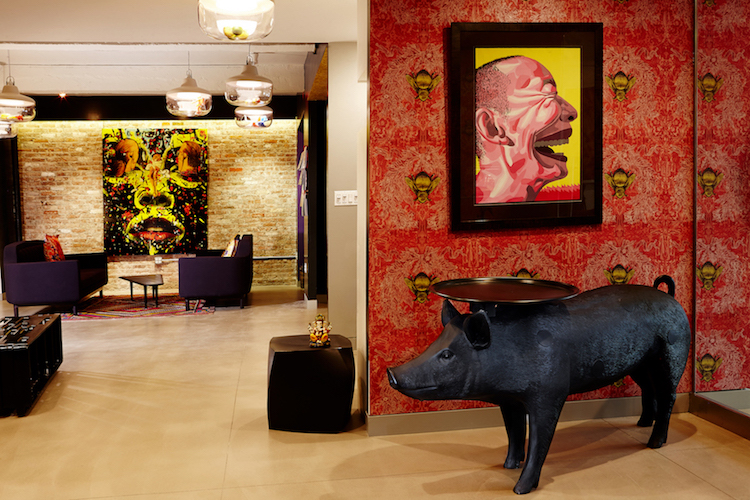
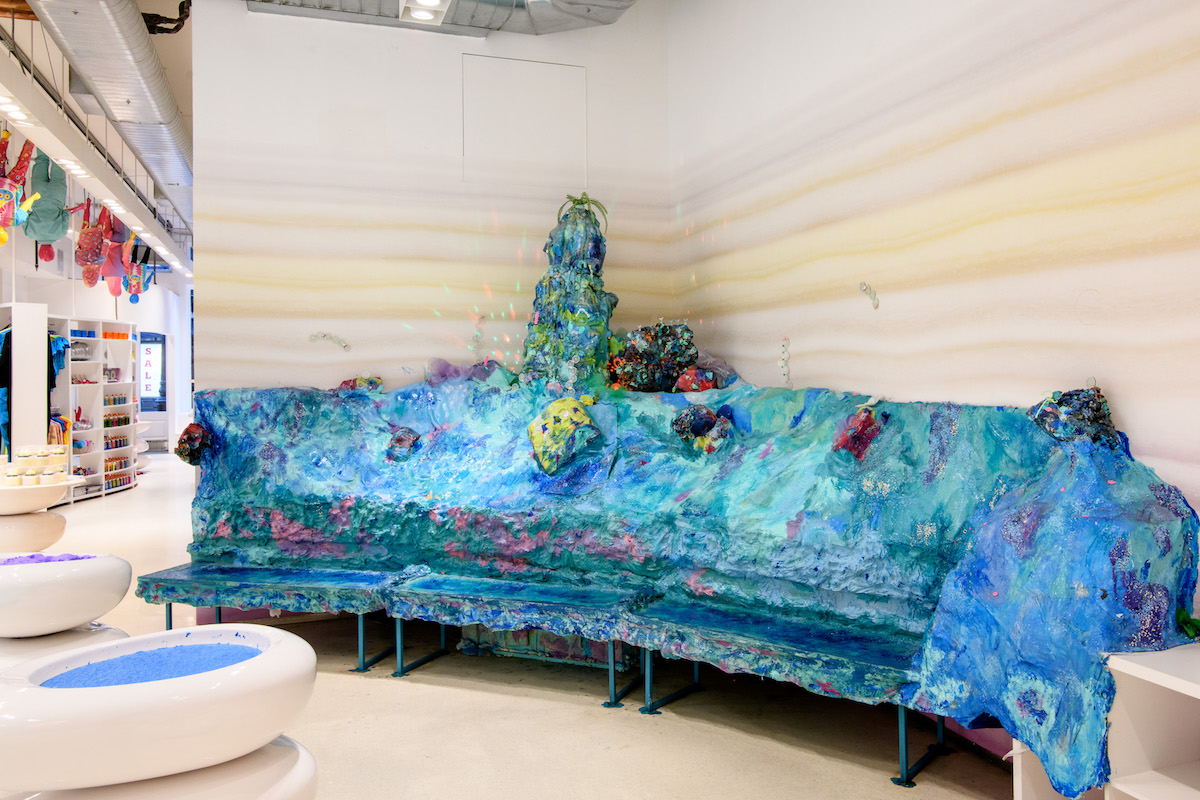
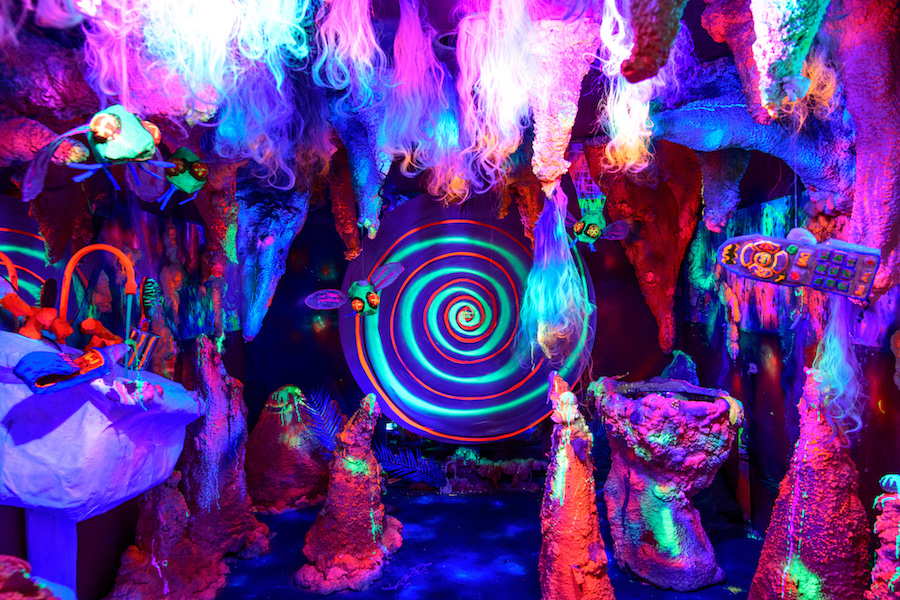
What is your most treasured artwork?
All of our pieces have a personal story. We love a small sketchbook from Blu that he gave us in a wood burned box. We also adore our Zhang Dali that we bought from a studio visit in 2005 in Bejing. Today in our living room, we have a bright Paul Insect and a powerful Cleon Peterson that we enjoy.
How important is it for you to meet the artists who created the artwork?
It’s critical for us to meet the artists—we really only collect living artists for this reason. We want to understand the story behind the piece, and to have a deep connection to it and a relationship with the artists. Over the years, we have forged deep relationships with many street artists that we value greatly.
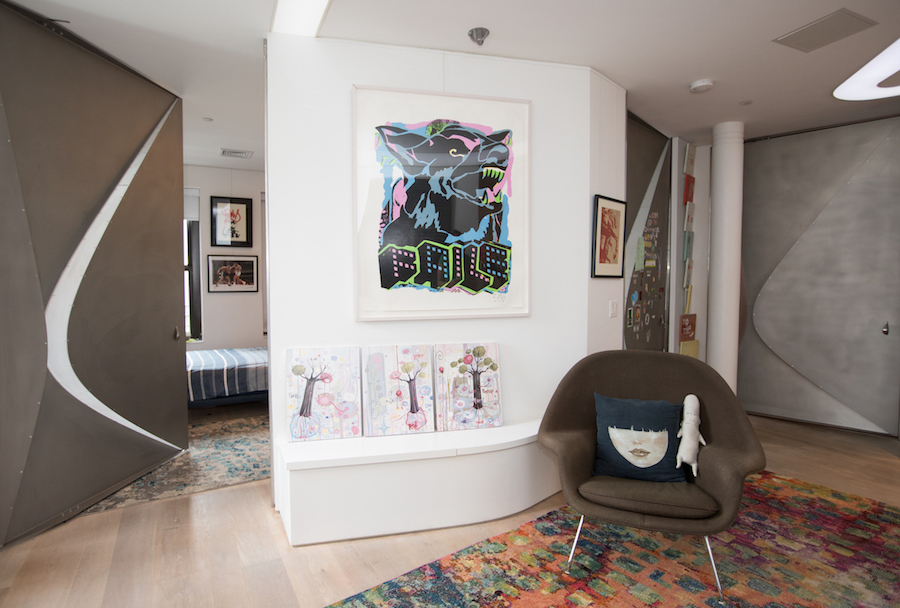
What is your advice to young and fresh collectors who are into street art?
We always encourage people to buy art that they want to live with— not necessarily something they believe will increase in value. If you love it and want to live with it, then your collection will grow with your mind’s eye— and become something special to you.
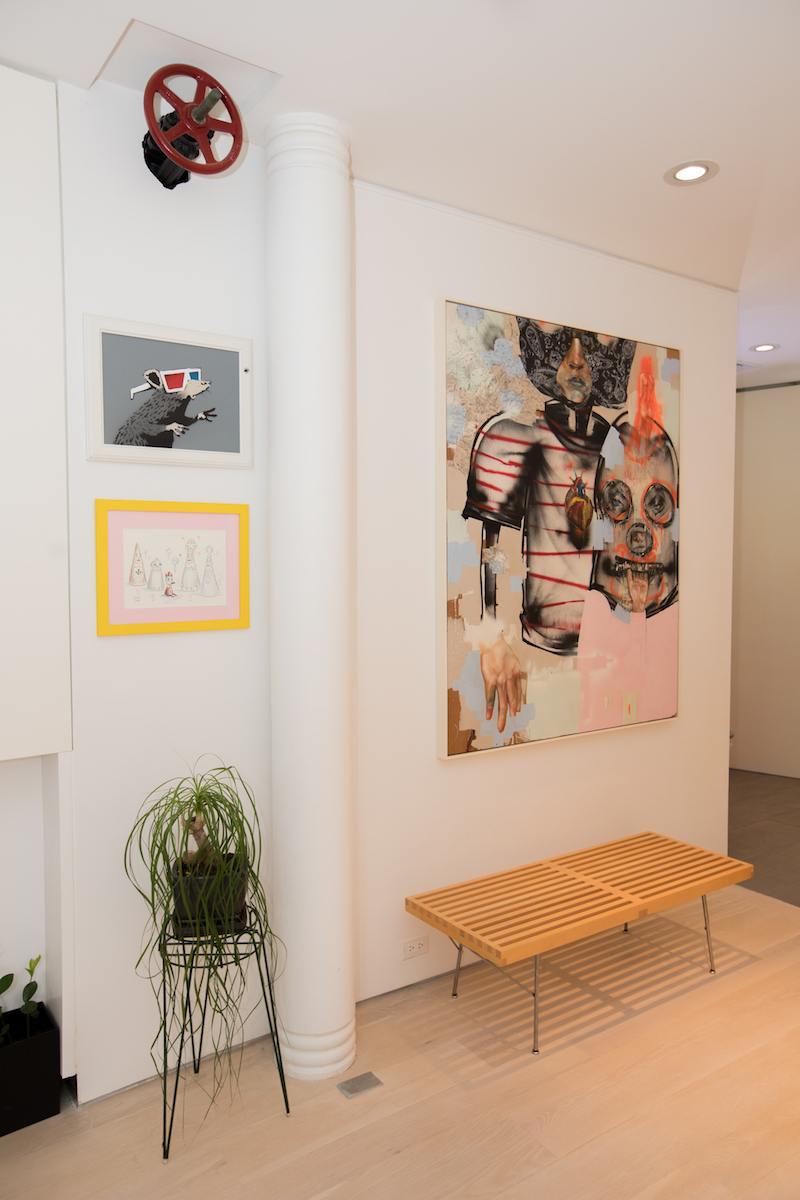
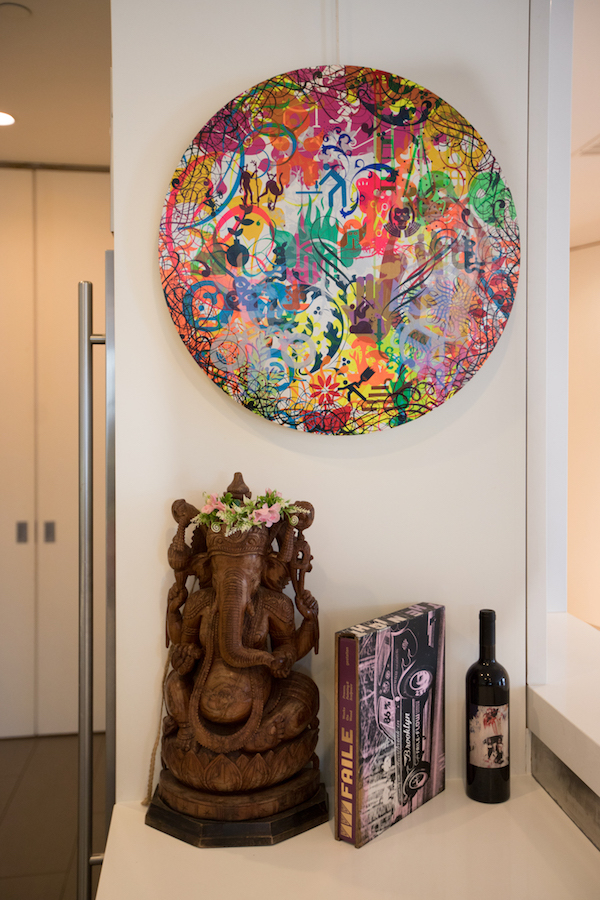
The Art World
What was your happiest moment being involved in art?
One of our happiest time was when we were curating 11 Spring. We were given the keys of a building in NoLiTa and had over 100 artists from around the world come to paint. There was so much creativity, energy and comradery that produced one of the best shows imaginable. And, the ephemerality of the work only added to its intensity.
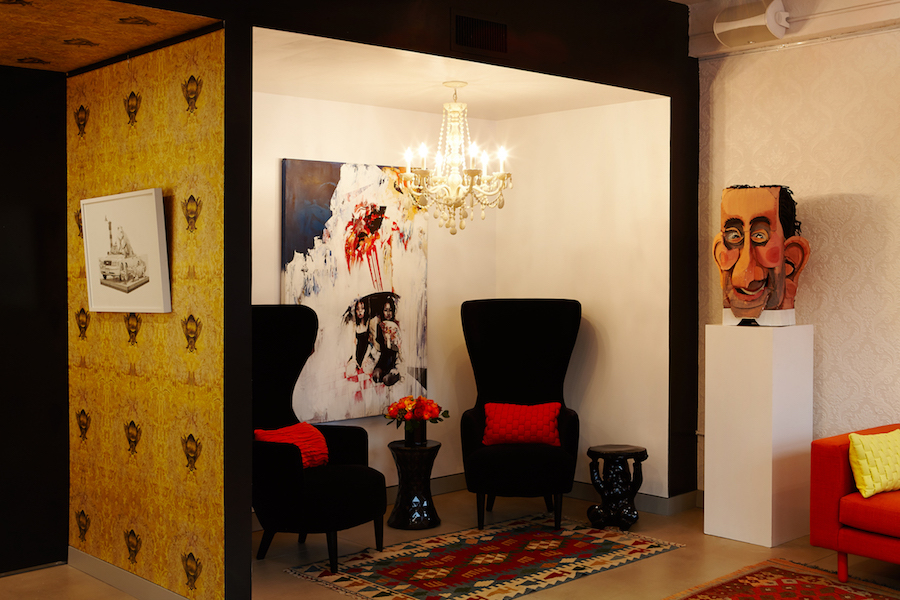
Street Art
Some may argue that having street art inside galleries or at home takes away the essence of spontaneity and ephemerality of street art. What do you think about that?
Fine art by street artists is completely different. Art put up illegally on the street has spontaneity both in the speed that it has to be produced and that it may not last. Also, street art is often done publicly, the artist doesn’t have time to work on every small detail that they would have in the studio. Their studio art, while it often captures similar subjects or content, usually has a level of refinement and delicacy that you wouldn’t see on the street. But that doesn’t mean it is any less amazing than other artists working out of studios.
How has the street art scene in New York evolved?
In the last 20 years, we’ve seen incredible changes in the street art scene in NYC. When we started Wooster Collective, everything we saw was illegal. The artists were stealing walls, beautifying decaying spaces, stealing back public spaces from advertisers. Over time, the city began to crack down more and more on street artists, arresting them, holding them in prison for small offenses. As the artists became older and had families of their own, the risk of arrest just became too great, and the amount of unauthorized work diminished. Now, street artists mainly ask for permission to paint walls. While there are some beautiful works, we believe that it has lost a lot of emotions. Gone is the urgency, the importance of putting something up without permission, and the interaction with the architecture and neighborhood around the piece.

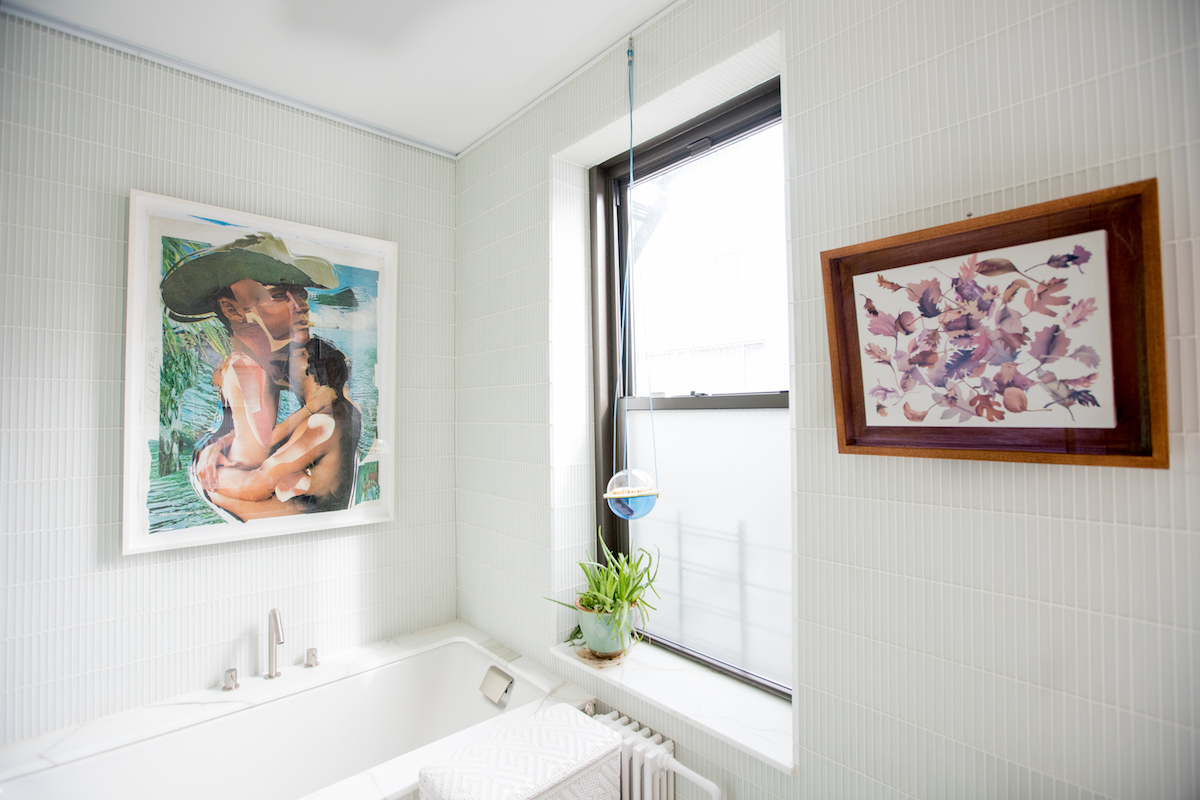
Related: Meet, Sloomoo Institute: A Celebration of Slime
Published book: Trespass. A History of Uncommissioned Urban Art
Curated exhibition: 11 Spring
A selection of artsits Sara and Marc collect:
Cleon Peterson
David Choe
Paul Insect
Swoon
Zhang Dali





